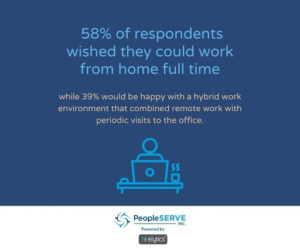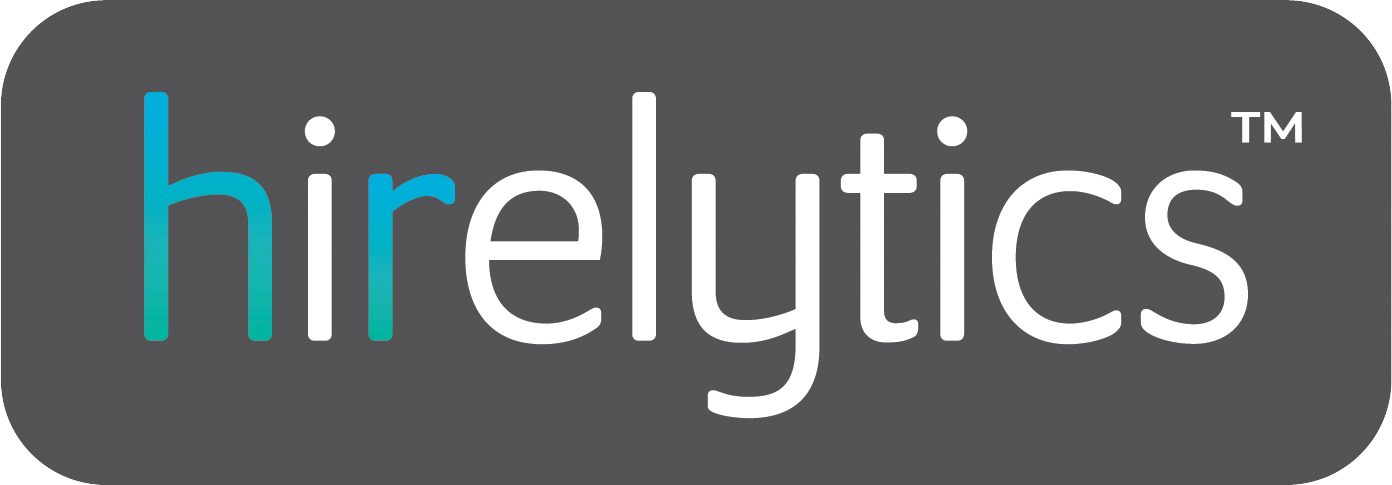In its simplest form, labor shortage is a case of supply and demand.
There is a demand for qualified workers and the supply falls short. But the complexities behind this economic phenomenon go much further, and to prevent potentially costly shortages, it’s vital to understand why they happen and what you can do to connect with the best talent around.
What is a labor shortage?
Labor shortages occur when businesses need more workers than there are available. There simply aren’t enough applicants or qualified candidates to fill open positions. That leaves many companies struggling to bring their team up to par, affecting everything from,
- productivity
- to employee morale
It’s important to understand that there can be plenty of people looking for jobs and still be an industry- or company-specific labor shortage. Labor shortages can be a matter of perception — for instance, your HR department might receive plenty of applicants but decide that many or most of them are underqualified. Or, you may have applicants you like but they’re unwilling to work for the compensation you’re offering.
What causes labor shortages?
Some labor shortages come about slowly, with candidates gradually refusing to take lower-paying jobs or accept positions with companies they believe are misaligned with their core values. As candidates’ expectations of the modern workplace continue to evolve, fewer people are willing to “settle.”
According to Government Technology, the IT jobs are increasing at a faster rate than the quantity of trained employees who can fill those roles. With fewer graduating in the IT STEM degrees and many retiring from their current roles it has created a labor shortage in the IT space.
Other times, it’s a case of mismatched need. There are workers available and there are jobs available, but the skill sets of those jobseekers doesn’t match the needs of employers.
There may be situational discord as well. When the COVID pandemic hit in early 2020, many white-collar workers suddenly transitioned to work-from-home positions. Over 18 months later, a good portion of those employees have been brought back to the office, but not all are willing (or able) to adjust and adapt yet again.
Childcare shortages and changes in the corporate landscape mean that some people aren’t able to return to their former schedules. If kids are learning remotely, someone has to be there with them. If an employer is working with a smaller staff, as many businesses in the hospitality sector still are, they might ask an employee formerly scheduled daytime hours to switch to swing shift. There can be an open position and a candidate who desires the job and still be an unsuccessful match.
How to stand out to prospective employees
Employers looking to attract top talent have to embrace agility and re-examine their recruiting strategies, company culture, and compensation packages from top to bottom.
When asked how he has seen PeopleSERVE clients successfully differentiate themselves, Erik Schwartz, President of PeopleSERVE Inc, states:
“How information is conveyed, and the organizations’ policies around data governance and how information is shared is critical. Additionally- Understanding your value system and the “why” behind the mission is essential. How positive performance is recognized and how learning from failure drives continuous improvement are all areas in which you can differentiate.”
Set yourself apart from the competition by treating your workplace as a collaborative environment that thrives on mutual respect. Ask yourself the following questions:
- Are you hiring with diversity in mind?
- Are you actively practicing inclusion by giving all employees equal opportunity for advancement and demonstrating that you value everyone’s input equally?
- Do you have an open-door policy that encourages employees to air grievances and ask questions without fear of judgement or reprisal?
Modern workers also crave flexibility.
While you may have long since asked your team to come back to the office, you might be surprised to learn that there’s a good chance the majority of your employees wish they were still at home. One survey found that 58% of respondents wished they could work from home full time, while 39% would be happy with a hybrid work environment that combined remote work with periodic visits to the office.

Flexibility could also mean having the ability to come in late or leave early if an employee needs to get their elderly father to a doctor’s appointment or take a mental health day.
Finally, take another look at compensation.
- Is the salary or hourly pay you’re offering on par with the industry average? If so, that might not be enough. To win the war for talent, you may need to go above and beyond what’s considered the financial standard.
- Are you offering benefits such as health insurance, retirement plans, and paid time off?
- Do your employment contracts include attention-getting perks such as gym membership, employee recognition programs, schedule autonomy, free training and/or continuing education reimbursement?
The first key to curing your labor shortage is to understand why it’s happening. Then it’s time to reshape your recruitment efforts and make your company the most attractive option for potential hires. To see how PeopleSERVE can help, reach out to our team today.


